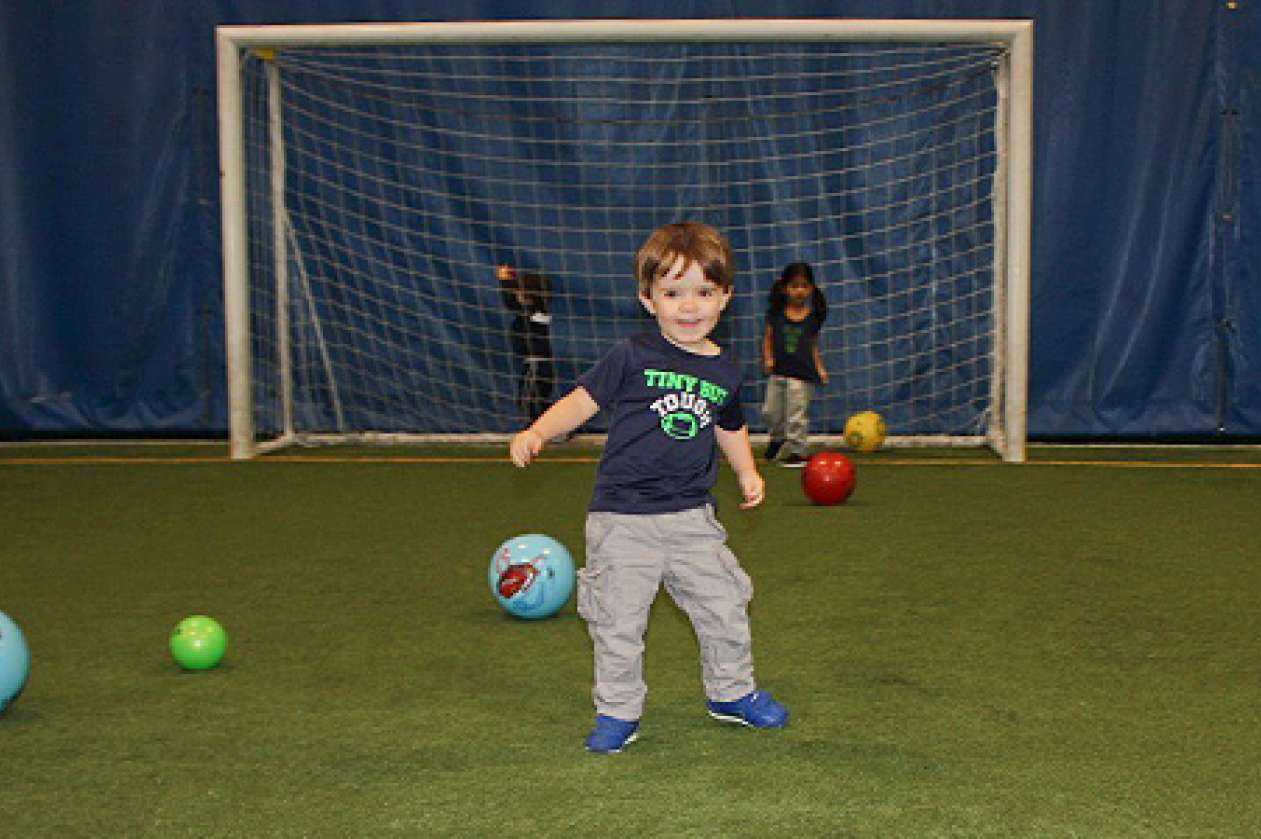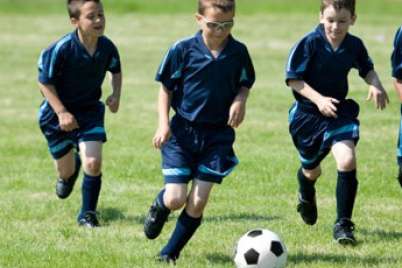
I had to learn how to teach preschoolers how to move
This past spring, myself and a few other coaches at our soccer club were tasked with reintroducing a soccer program to a market of children receiving the least attention: preschoolers. But there was a catch. The program was not soccer-focused but rather movement-focused, and all of a sudden I was challenged with teaching an unfamiliar topic to an unfamiliar age group.
I knew what movement was, but I was slightly perplexed at how to teach it to youngsters.
Teaching movement to young children
After some research I concluded a few things about this topic: activities had to be fun and involve a variety of movement opportunities. However, I still struggled with what we were actually teaching. In an effort to better understand, I considered the impact of the program in a context that I was familiar with, soccer.
It was quite clear to me, as I’m sure it is to parents, that there are some young soccer players who just get it, and some that don’t. I’m not referring to soccer knowledge, but rather those children who run effortlessly, turn precisely, and simply coordinate their limbs in a way their peers cannot. The difference was that these children were not only confident, but competent in the way they moved. They were physically literate. I was developing physical literacy.
Discovering physical literacy
 My newfound buzzword spawned curious research. I understood now! I wasn’t directly coaching soccer players, but rather facilitating play-based activities that were developing agility, balance, coordination, speed, and future athletes. I was the coach before the coach, and it was a privilege I wasn’t about to take lightly.
My newfound buzzword spawned curious research. I understood now! I wasn’t directly coaching soccer players, but rather facilitating play-based activities that were developing agility, balance, coordination, speed, and future athletes. I was the coach before the coach, and it was a privilege I wasn’t about to take lightly.
You could say that I was obsessed with the idea of physical literacy. As a coach/child life specialist/kinesiology grad, the thought that somebody somewhere (I’m looking at you, Active for Life) was promoting meaningful movement in children was like having an ice cream truck parked outside of your house all summer long … amazing! And discovering the easy-to-follow lesson plans and videos on the Active for Life website was the cherry on top.
Learning by playing
I incorporated the ready-made lesson plans and activities into the preschool program, and quickly noticed how much more the children were engaged and enjoying themselves. They were learning by playing.
My favourite example was a 3-year-old girl I’ll call Maggie, who was sharply weaving in and out of pylons without any instruction at all. She was a self-motivated, competent runner before she was even old enough to attend school. That’s not to say every preschooler was like Maggie, and it wasn’t my point to make them be.
By focusing on a variety of movements and skills, including balance, throwing, jumping, and falling, each child was free to develop at their own pace and move in a way that was comfortable to them. At the end of the day, my goal was to inspire children to continue moving and engaging in play, eventually selecting an activity that they enjoyed and excelled at.
What to do when the program ends
 Eventually the preschool program ran its course, received tremendous support and feedback from parents, and as a result was renewed for another season. Part of me, however, became concerned that without a program of this nature children weren’t developing their physical literacy at home. It’s important to me that parents understand and value the foundation of sport for what it is: movement.
Eventually the preschool program ran its course, received tremendous support and feedback from parents, and as a result was renewed for another season. Part of me, however, became concerned that without a program of this nature children weren’t developing their physical literacy at home. It’s important to me that parents understand and value the foundation of sport for what it is: movement.
So I decided to share my resources with the players and families that I coach. In addition to promoting the development of physical literacy within the family, I continuously encourage parents to expose their young soccer players to a variety of sports in order to develop a range of skills. Although I am a soccer-specific coach and I’m thrilled that so many children enjoy the sport, my job is not to sell a “soccer for life” attitude to 5-year-olds. What’s important to me, and hopefully to others, is that children continue to be active for life in any passion they choose.
As parents and coaches, let’s model to our young players to get off the bench and become an active player in life. Because when the result is happy, healthy kids, everybody wins!





